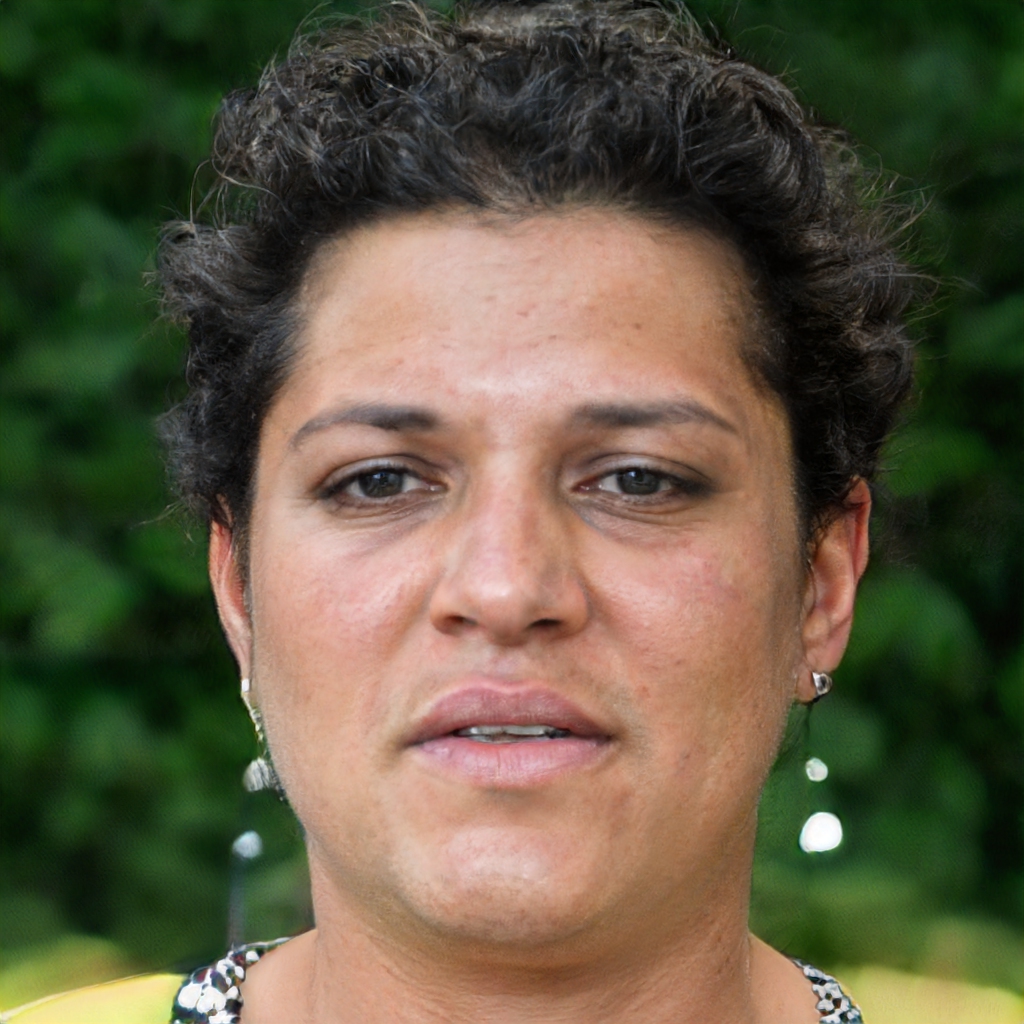Two Chinese scientists have developed a neural network that can recognize - with staggering accuracy - "potential" criminals from facial features
Xiaolin Wu and Zhang Xi of Shanghai Jiao Tong University have turned into reality what some scientists had tried to accomplish in the 19th century through the advent of photography and the study of the physiognomy of a face.
The two scientists started with the methods developed by their predecessors centuries earlier, but this time with the support of artificial intelligence technologies. Xiaolin Wu and Zhang Xi took advantage of special algorithms to examine and compare a series of faces of criminals and non-criminals with the goal of understanding whether a neural network could reliably distinguish between them. The results surprised the researchers themselves: an accuracy of 89.5 percent. It is, in short, the proof that the much "mistreated" physiognomy had, and continues to have, a scientific value.
Yes, you do, you don't...
The two Chinese scientists, to validate their thesis, have initially submitted to the neural network a total of 1,856 passport photos of men without facial hair aged between 18 and 56 years, half of which with a criminal past. This process served to train the network to recognize the differences between "good guys" and "bad guys." Xiaolin Wu and Zhang Xi then used the remaining 10 percent of photos to perform the actual tests.
Facial features speak
The two researchers, explain to the journal MIT Technology, that there are three facial features that a neural network takes into account to establish its classifications. First, the curvature of the upper lip, which, in criminals, is 23 percent larger than in non-criminals. Then the distance between the two inner corners of the eyes which is 6% closer and, finally, the angle between two lines drawn from the tip of the nose to the corners of the mouth which is 20% shorter. It must be said that this is only a first test that should, of course, be improved with time.
